A beginner's guide to fermented vegetables plus three recipes to try
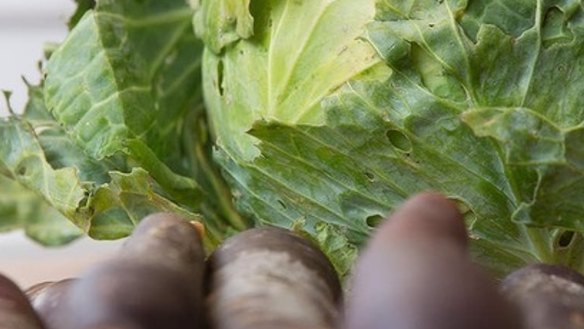
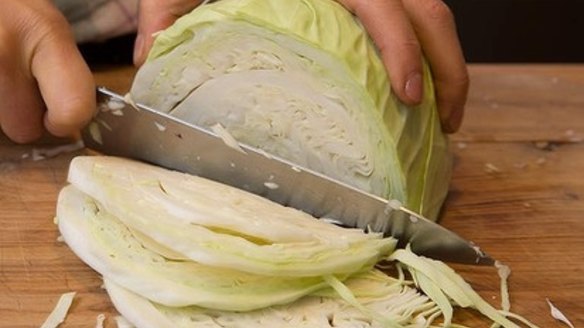
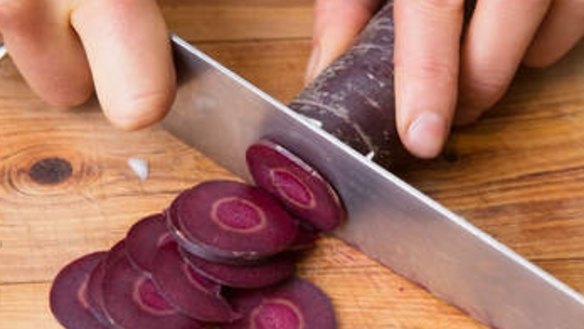
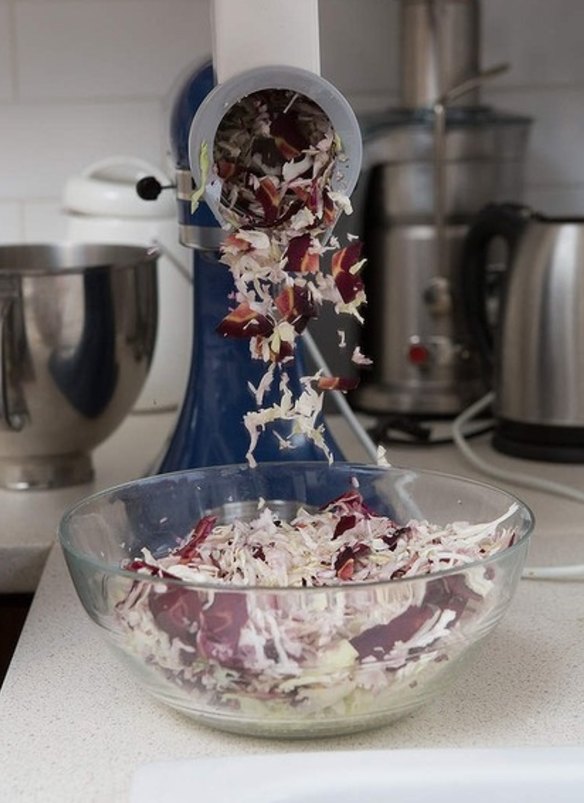
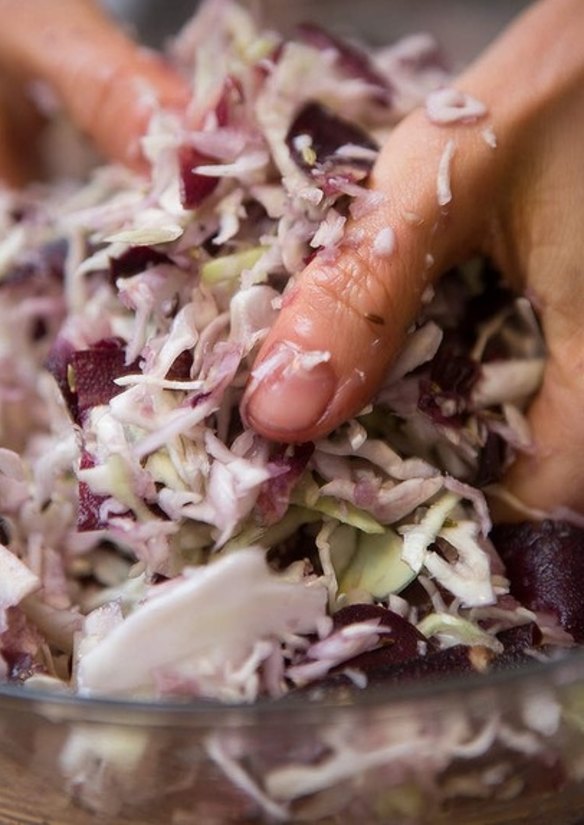
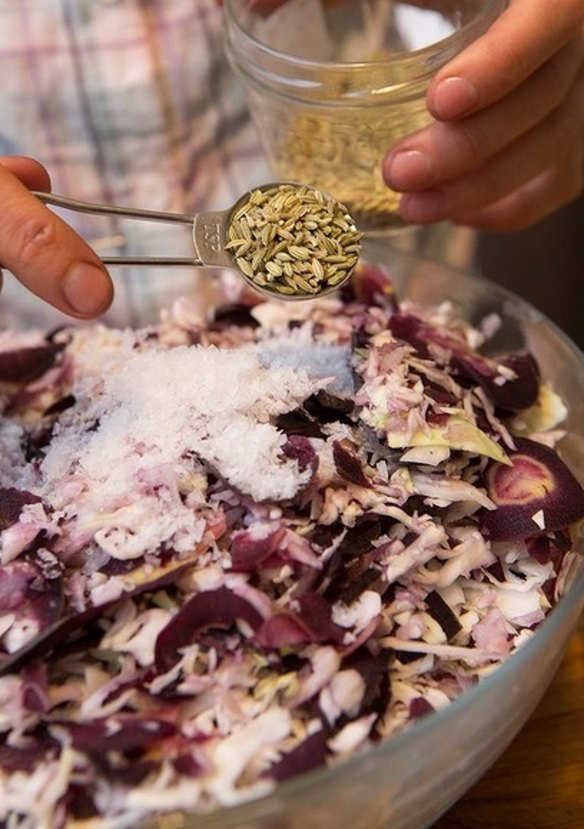
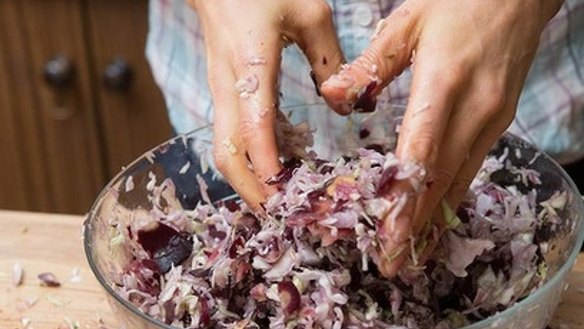
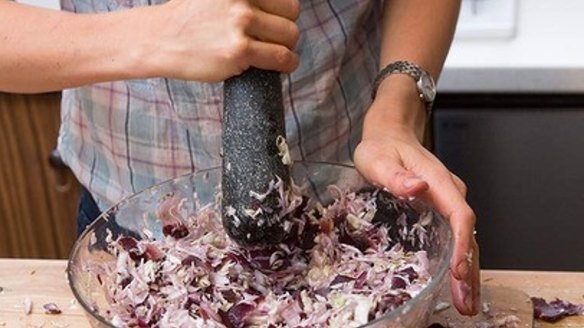
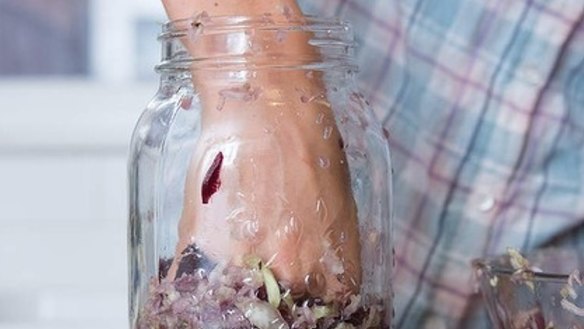
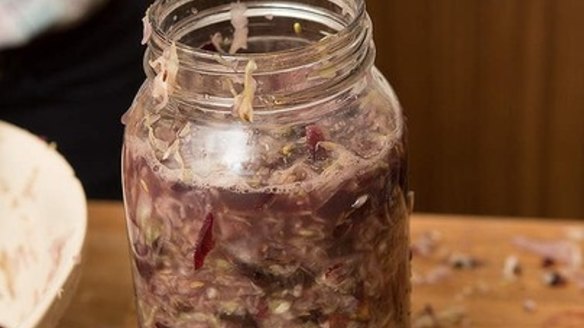
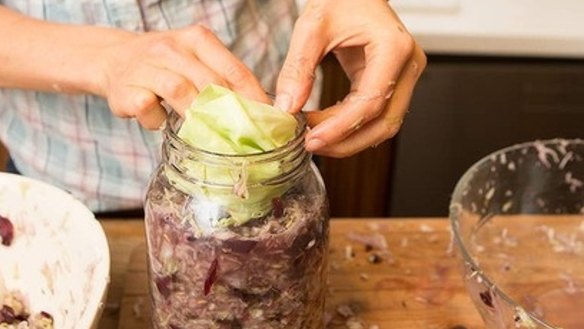
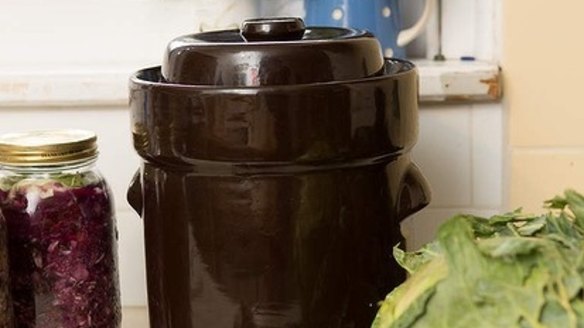
- How to preserve lemons
- How to make sauerkraut (see step-by-step gallery above)
The proposition sounds a little dubious: leave some vegetables in a jar on your bench. Just leave them there. For weeks. Then eat them. It's perfectly safe, say the pickling enthusiasts. They're great for you. You'll love them! they say.
Not convinced? Science is here to explain why fermenting vegetables is not only perfectly safe but also surprisingly easy and rewarding. Spoiler: microbes do most of the work.
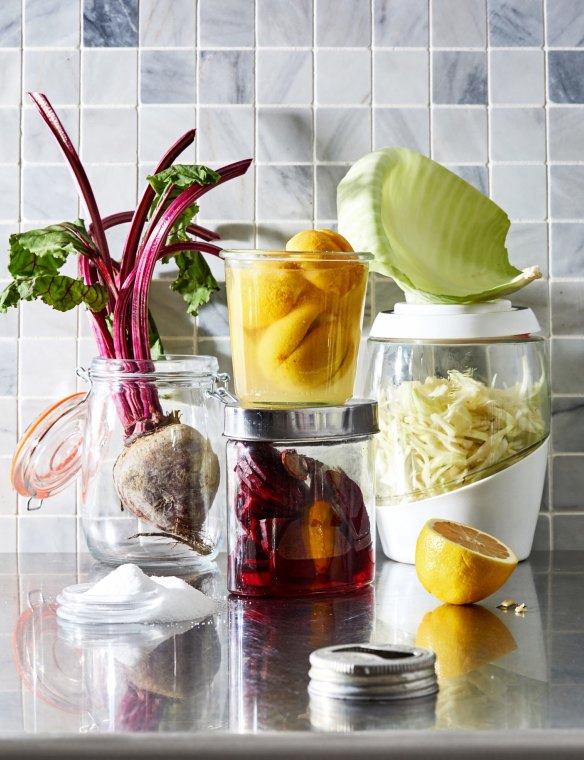
In our hyper-Pasteurian, expiration date-driven era, it might be difficult to relinquish control over our food to these mysterious forces. But a small measure of understanding yields rich rewards: crisp classic sauerkraut, warmly tart beets (see recipe below), bright preserved lemons and just about anything else you can dream up.
These classically preserved foods and so many others – from kimchi to kombucha – have been expanding their footprint on shelves in supermarket fridges and even on some restaurant menus. In part, we have to thank for this the proliferation of new research on gut health and the outsize role beneficial microbes (which are bountiful in fermented foods) play in helping our gut, immune and overall health.
As the probiotic-driven food trend has accelerated, many chefs and consumers have also rediscovered a new world of flavour and texture. We might have a sepia-style image of sauerkraut fermenting in large wooden barrels in eastern Europe. Or a vague notion of preserved lemons pepping up a Middle Eastern grain salad. But this style of food preparation can incorporate just about any produce you might find at the market – or languishing in your crisper drawer – and unexpected seasonings, such as spiced fermented beets.
Many of us grew up with shelf-stable pickles, which stay that way through a combination of vinegar and pasteurisation. These two processes are ruthlessly effective in killing off harmful microbes. But they also zap the helpful ones.
Fresh produce is naturally covered in microbes. For thousands of years, people have relied upon these unseen life-forms to create myriad delicious, nuanced non-vinegar ferments, often called "wild ferments".
The process is quite simple: salt, submerge, wait. And eat.
Why does this method work so reliably? Salt kills harmful microbes and encourages beneficial ones, such as those that produce lactic acid, which are similar to many found in the gut microbiome. Similarly, submerging the produce in liquid (whether added or extracted from the food itself) protects it from the less-desirables.
And, the process offers further safety measures. As fermentation gets underway, the ascendant bacteria begin to alter the overall environment. They consume some of the carbohydrates from the produce, creating carbon dioxide (which appears as bubbles) and, more important for our purposes, lactic acid (which lowers the pH).
"The process is self-protecting," explains fermentation expert Sandor Katz, who is the author of The Art of Fermentation.
"Statistically, fermentation makes vegetables safer than they are raw," he says.
"It's pretty bomb-proof," agrees Mara King of fermented food company Ozuke. "As soon as you achieve something that is pretty sour, it is safe."
Fermented food is deemed safe at or below a pH of 4.6. For comparison, a lemon has a pH of 2 to 3. If you are skeptical about guessing the sourness with a lemon taste-test, King suggests purchasing inexpensive paper pH test strips or investing in a pH meter.
As hands-off as the process seems, there are ways we can steer the bacteria to do their best work.
One method is through temperature. A warmer environment will encourage more bacteria to thrive more rapidly and will result in a faster ferment. A cooler environment will have the opposite effect (which is why we hold "finished" ferments in the fridge for longer-term keeping).
Generally, 18C to 21C is an effective range for most vegetable ferments. We can also nudge the fermentation duration forward or backward with salt concentration – less salt for a faster ferment; more salt for a slower one.
Time is the final and most powerful variable. Over time, the flavour and texture of the produce shift toward the acidic and soft, respectively. Which is why Katz recommends "tasting at intervals".
Tasting also provides a reminder to keep tabs on ferments.
Although the microbes might be doing most of the work, it is important to ensure ferments remain submerged. An exposed piece of produce is inviting real estate for yeast and mold that need air to flourish.
But fear not if your ferments gain a bit of a surface growth – most frequently kahm yeast or a fuzzy mold. It's fine. Really.
"Remove it as best you can, and don't worry if some dissipates into your brine," Katz says. The salt and acidity will protect the rest of the ferment. (Watch for a bright, colourful mold. That could be hazardous. But in the decades of his work and travels, Katz has never seen a dangerous mold on fermenting vegetables.)
Despite what our 21st century instincts might say, in the compendium of food preparation methods, lactic-acid fermentation is among the most forgiving. It's also healthy and enthralling.
"I love the alchemical magic of the process," Katz says. And the science, too.
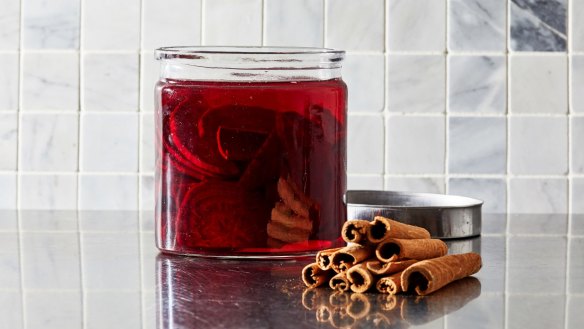
Spiced fermented beetroot
These striking, ruby-red beets retain their beautiful hue and add crunch and flavour to whatever you are eating. If you don't have enough liquid to cover the beets in the jar, dissolve 1½ teaspoons of salt in 1 cup of water, and add as needed.
Store refrigerated in a jar with a lid for up to 2 months, keeping the beets submerged.
INGREDIENTS
450g beetroot, trimmed and scrubbed
1½ tsp salt, or more as needed
1 cup water, or more as needed
1 cinnamon stick (or other equivalent seasoning, such as cardamom pods)
extra-virgin olive oil, for serving
freshly cracked black pepper, for serving
METHOD
1. Slice the beetroot into ½-cm-thick rounds. If the pieces are wider than the jar, cut the slices into half-moons.
2. Dissolve the salt into water at a ratio of 1½ teaspoons of salt to 1 cup water – scaling up, if necessary.
3. Pack a wide-mouth jar with half of the beetroot slices. Add the cinnamon stick, followed by the remaining slices to the jar. Pour the salt water over the beetroot until fully covered. If any of the beets are floating, weigh them down with a heavy stone or water-filled plastic bag.
4. Cover and place in a moderately cool location, about 18C to 21C for about 2 weeks. If using a lid, be sure to "burp" the jar regularly – ideally before it shows any signs of bulging. Due to the high sugar content of beetroot, it ferments quickly and can cause a mess if excess pressure builds up in the jar. Alternately, use cheesecloth or an airlock fermenting lid, which allows carbon dioxide from the microbes to escape but does not allow outside air to enter. If using cheesecloth, you do not need to cover with a lid.
5. After 2 weeks, taste the beetroot weekly to determine readiness – a shorter ferment will yield earthy, crunchy beetroot, whereas more time will make them softer and more warmly spiced. Red beetroot will retain much of its vibrant colour.
6. Serve, drizzled with mild olive oil and a twist of fresh-cracked black pepper.
Makes about 4 cups
Katherine Harmon Courage is the author of Cultured: How Ancient Foods Can Feed Our Microbiome.
The Washington Post
Appears in these collections
The best recipes from Australia's leading chefs straight to your inbox.
Sign up